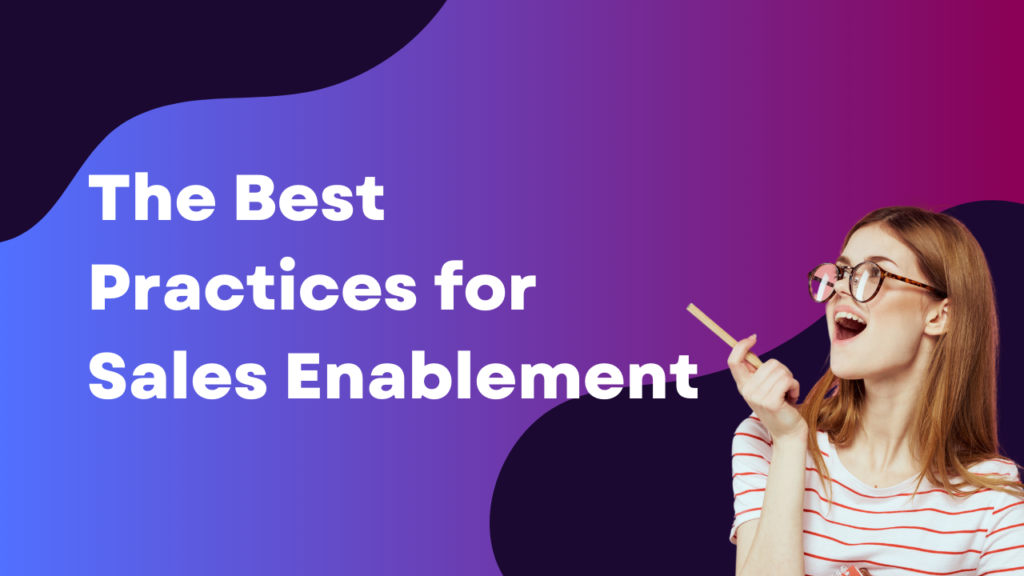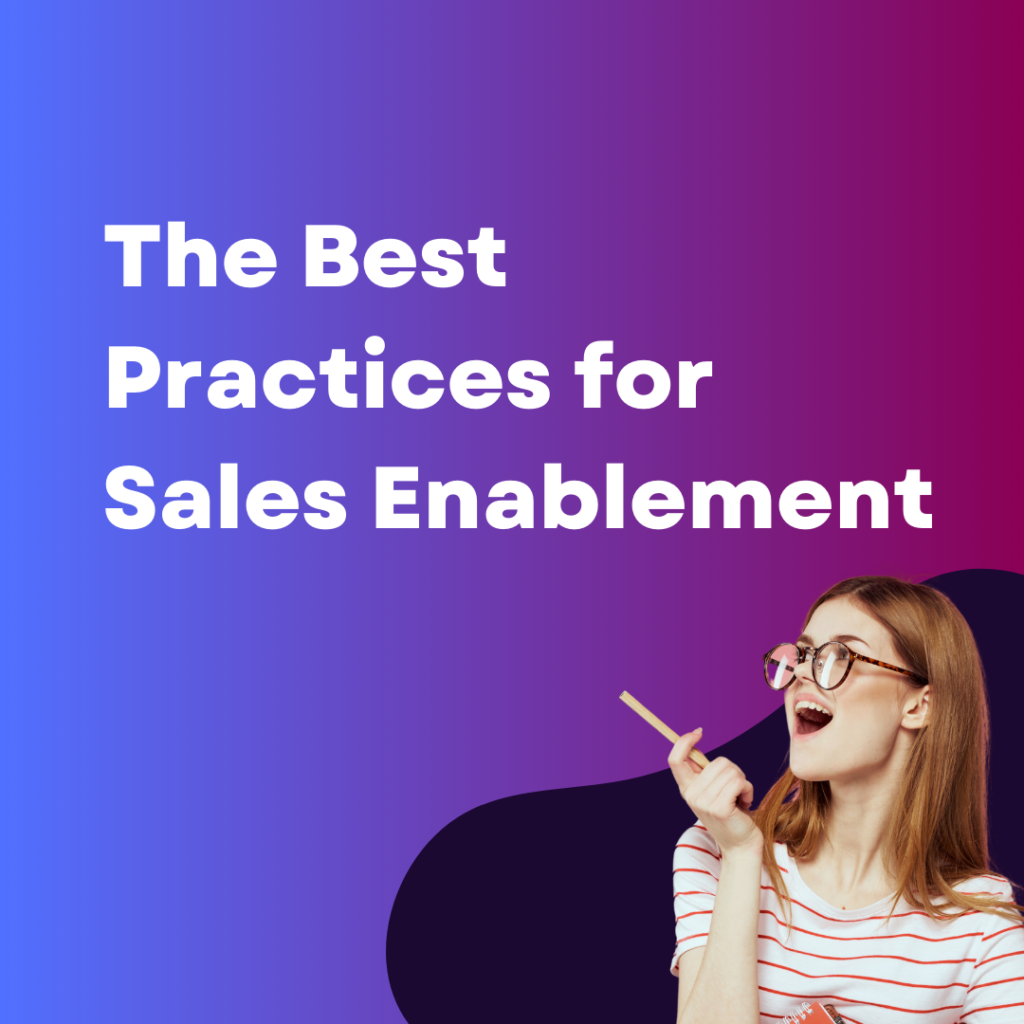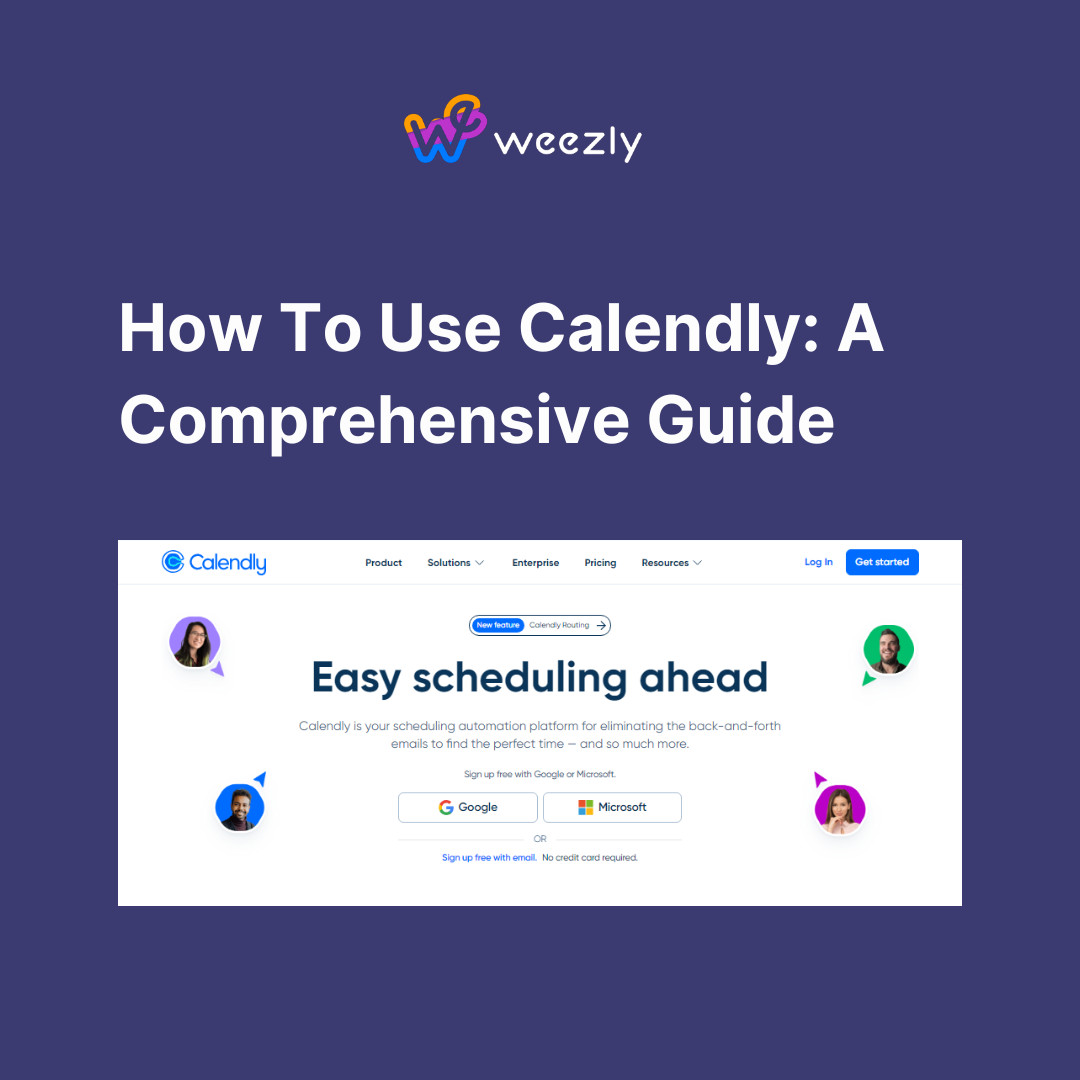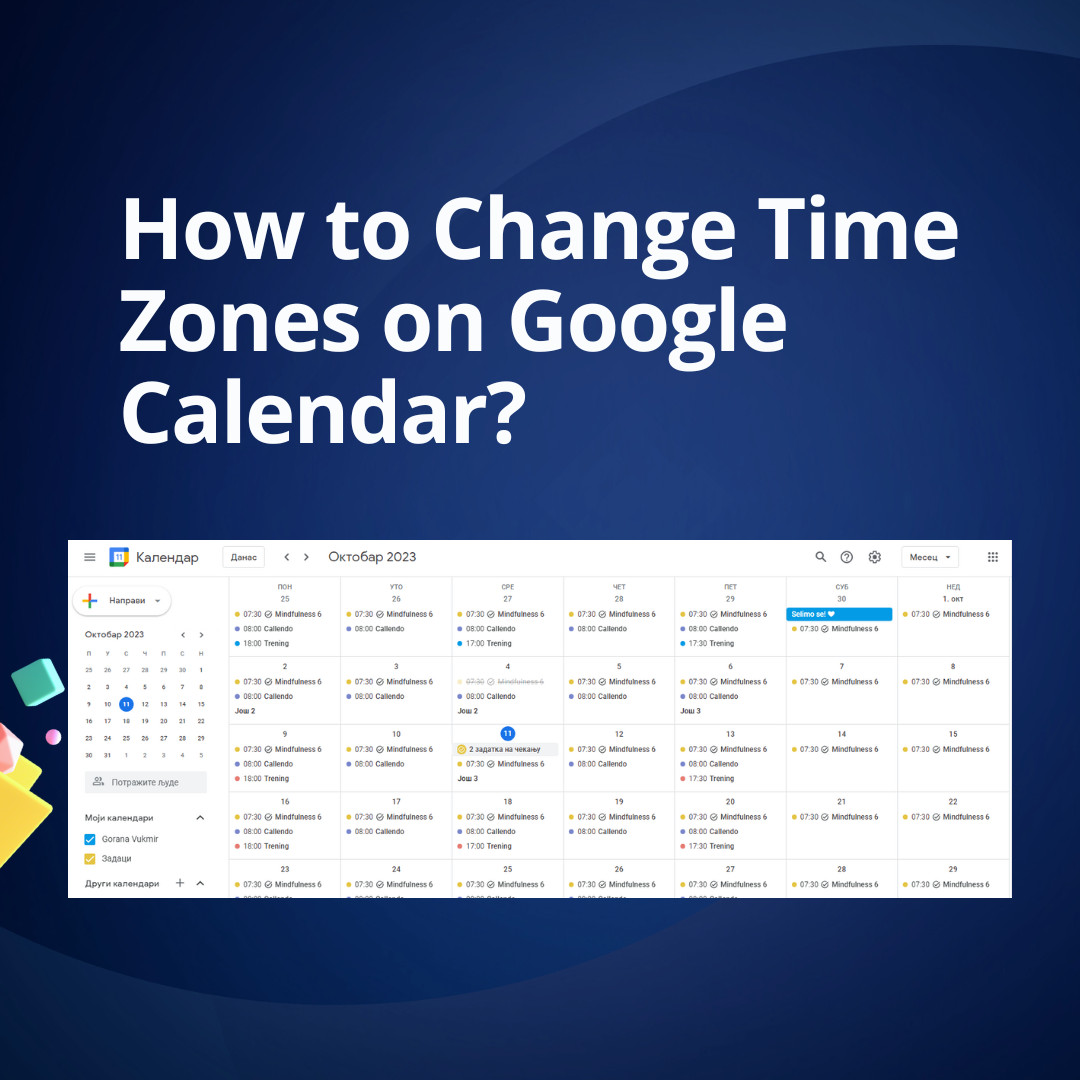Sales enablement is a strategic process that equips your sales team with the right tools, content, and training to effectively engage buyers and close deals. It bridges the gap between marketing and sales, fostering collaboration, improving efficiency, and ensuring that sales reps are prepared to meet customer demands at every stage of the buyer’s journey. By adopting sales enablement best practices, businesses can drive revenue growth, boost sales productivity, and enhance customer experiences. In this comprehensive guide, we’ll delve into the best practices for sales enablement, discussing the critical elements that contribute to a successful enablement strategy and how to implement them.
Whether you’re new to sales enablement or looking to refine your existing process, this article will provide actionable insights to empower your sales teams and create lasting results.

What Is All About?
Sales enablement refers to the continuous process of equipping sales teams with the knowledge, skills, content, and technology they need to close more deals. It involves aligning sales and marketing efforts to ensure that your sales reps have access to relevant information and resources at the right time. The goal of sales enablement is to improve the efficiency and effectiveness of the sales process, allowing reps to spend more time selling and less time on administrative tasks.
Key Components of Sales Enablement:
- Content Creation and Management: Developing high-quality content tailored to different stages of the buyer’s journey is crucial. This includes case studies, whitepapers, product sheets, and personalized messaging that helps sales reps address customer pain points.
- Sales Training and Coaching: Ongoing training programs that focus on product knowledge, industry trends, and selling techniques ensure that sales teams stay competitive. Sales coaching also helps reps refine their skills in real-time.
- Technology and Tools: Implementing the right sales enablement tools, such as CRM systems, content management platforms, and analytics software, streamlines the sales process and provides valuable insights into customer behavior.
- Cross-functional Alignment: Fostering collaboration between sales, marketing, and other departments ensures that everyone is working toward the same goals and sharing valuable insights.
Why Sales Enablement is Critical for Business Success?
Sales enablement is no longer optional—it’s a necessity in today’s competitive business landscape. Companies with strong sales enablement strategies experience 24% faster revenue growth compared to those without enablement processes in place, according to a study by CSO Insights.
Here are a few reasons why sales enablement is so crucial:
1. Improved Sales Productivity
By providing sales reps with easily accessible content, automation tools, and training, sales enablement helps them work more efficiently. Reps spend less time searching for resources or figuring out how to respond to customer inquiries and more time engaging with prospects. Implementing a centralized content library can be especially helpful, allowing teams to quickly locate the right content when needed.
2. Enhanced Buyer Engagement
Today’s buyers are more informed and expect personalized, timely communication throughout the sales cycle. Sales enablement ensures that your reps are well-equipped to deliver the right message at the right time, improving their ability to engage buyers and move them through the funnel. Research by Forrester shows that 82% of decision-makers think sales reps are unprepared, highlighting the need for better sales enablement processes.
3. Alignment Between Sales and Marketing
Sales and marketing alignment is vital for success, but it’s often a challenge for organizations. Sales enablement helps bridge this gap by ensuring that marketing teams produce relevant content and that sales teams utilize this content effectively. Clear communication and shared goals across these teams lead to higher-quality leads, better customer experiences, and ultimately, more closed deals.
4. Data-Driven Decision Making
With the right sales enablement tools in place, companies can track and analyze key metrics to identify what’s working and where improvements are needed. Sales performance analytics allow managers to track metrics such as win rates, deal velocity, and content usage, enabling data-driven decisions that optimize the sales process.
Best Practices for Building an Effective Sales Enablement Strategy
Now that we understand why sales enablement is essential, let’s explore the best practices for implementing an effective strategy.
1. Align Sales and Marketing Teams
Alignment between sales and marketing is the foundation of a successful sales enablement program. Both teams must work together to define goals, share insights, and create content that supports the sales process.
- Collaborative Content Creation: Marketing should involve sales in content creation efforts to ensure that materials address common buyer concerns and support sales conversations.
- Shared Metrics: Both teams should agree on key performance indicators (KPIs) such as lead quality, conversion rates, and customer acquisition costs to track the effectiveness of the enablement program.
- Feedback Loop: Establish a feedback loop where sales reps provide input on the content they receive from marketing, allowing for continuous improvement.
To learn more about creating a strong alignment, read this detailed article on how to align sales and marketing teams.
2. Develop Buyer-Centric Content
Sales enablement content should be tailored to the buyer’s journey, addressing the specific needs, challenges, and pain points at each stage. Content categories might include:
- Top-of-funnel content: Educational blog posts, eBooks, and infographics to capture leads’ attention.
- Middle-of-funnel content: Case studies, whitepapers, and solution guides to demonstrate value and build trust.
- Bottom-of-funnel content: Product demos, pricing sheets, and ROI calculators to help close the deal.
Make sure your sales teams understand which content is most effective at different stages of the buyer’s journey. According to HubSpot, 61% of buyers feel that content tailored to their specific needs is more likely to influence a purchase decision.
3. Implement Sales Enablement Technology
Investing in the right technology can have a significant impact on the effectiveness of your sales enablement strategy. Here are some must-have tools:
- CRM Systems: A customer relationship management (CRM) tool, such as Salesforce or HubSpot CRM, helps manage customer data and track interactions, providing valuable insights into sales performance.
- Sales Enablement Platforms: Platforms like Seismic or Showpad offer centralized content management, allowing sales reps to access relevant materials easily and share them with prospects.
- Analytics Tools: Analytics platforms can track the effectiveness of sales content, helping teams understand which assets drive engagement and revenue growth.
- Weezly: Weezly offer centralized content management, but with Weezly, you get something unique: personalized video outreach at scale. Unlike traditional platforms that focus on static content distribution, Weezly uses AI to create thousands of personalized sales videos from a single recording. It can clone your face and voice, generating customized videos that feel personalized to each prospect. This tailored approach significantly boosts engagement, helping teams cut through the noise in their outreach efforts.
Sales reps can also embed booking links directly within the video, streamlining the process of setting up meetings. Weezly also integrates smoothly with LinkedIn and email platforms, making it easy for sales teams to distribute their personalized videos and track the responses. For sales teams looking to enhance engagement with prospects in a way that stands out from traditional text or email outreach, Weezly offers a powerful solution
SEE MORE: How Can You Double Your Sales with Weezly in 30 Days?
4. Provide Ongoing Training and Coaching
Sales training shouldn’t be a one-time event. Continuous learning is essential for keeping sales teams up-to-date on product features, industry trends, and effective selling techniques. To create a robust training program, consider the following:
- Onboarding Programs: Develop a structured onboarding program for new hires that includes product knowledge, sales methodologies, and an overview of company processes.
- Skill-based Training: Offer regular workshops or e-learning modules on specific skills like negotiation, objection handling, and consultative selling.
- Sales Coaching: Implement one-on-one coaching sessions where managers can review calls, provide feedback, and offer personalized advice for improvement.
According to Salesforce, companies that invest in ongoing sales training see 53% higher performance from their sales teams.
5. Foster a Data-Driven Culture
One of the most valuable aspects of sales enablement is the ability to collect and analyze data. Encourage a data-driven approach within your sales team by regularly reviewing performance metrics and identifying areas for improvement. Key metrics to monitor include:
- Win rate: The percentage of deals closed compared to opportunities created.
- Sales cycle length: The average time it takes to close a deal.
- Content engagement: How often sales reps and prospects interact with sales enablement content.
- Sales quota attainment: The percentage of reps meeting or exceeding their sales targets.
By tracking these metrics, you can make informed decisions about where to focus training efforts, adjust sales strategies, and optimize content creation.
How to Measure Sales Enablement Success?
Measuring the success of your sales enablement efforts requires a combination of quantitative and qualitative data. Here are a few ways to gauge the effectiveness of your program:
1. Sales Performance Metrics
Track improvements in key sales metrics such as:
- Quota attainment: Compare the number of reps meeting or exceeding their quotas before and after implementing your sales enablement strategy.
- Conversion rates: Monitor the percentage of leads that progress through each stage of the funnel.
- Sales velocity: Measure how quickly deals move through the pipeline, from initial contact to close.
2. Content Utilization and Effectiveness
Sales content is a critical part of enablement, so it’s important to track its usage and impact. Use content management tools to monitor:
- Content usage rates: How often are reps using the content provided?
- Engagement metrics: Are prospects interacting with the content? Are they opening emails, clicking links, or downloading materials?
- Revenue attribution: Which content assets are driving conversions and contributing to closed deals?
3. Sales Rep Feedback
Direct feedback from your sales team is invaluable for improving your sales enablement strategy. Conduct regular surveys or feedback sessions to gather input on:
- Content relevance: Is the content you’re producing helpful and aligned with the sales team’s needs?
- Training effectiveness: Are the training programs helping reps improve their skills and close more deals?
- Tool usability: Are the tools you’ve implemented user-friendly, or are they creating friction in the sales process?
Gathering both quantitative data and qualitative feedback will give you a comprehensive view of your enablement program’s success and highlight areas for improvement.
Final Thoughts: Building a Long-Term Sales Enablement Strategy
Sales enablement is not a one-size-fits-all solution. It requires continuous adaptation to meet the evolving needs of your sales team and the changing dynamics of the marketplace. By aligning sales and marketing, creating buyer-centric content, investing in the right technology, and providing ongoing training, you’ll be well on your way to building a successful and sustainable sales enablement program.
Remember: The ultimate goal of sales enablement is to empower your sales team to do their best work. By providing them with the tools, training, and resources they need, you’ll not only improve sales performance but also create a better experience for your customers.
By implementing these best practices, you can ensure that your sales team is fully equipped to meet the demands of modern buyers, close more deals, and drive sustainable growth for your organization.









